
Every year, the Great Wall of China attracts more than 10 million visitors. That is an astounding number, and for a good reason, as this iconic monument is considered a triumph of engineering. First designed to protect territories in China from nomadic tribes, the Great Wall was originally made from simple rammed earth. Eventually, the builders switched to bricks that were laid by millions of workers. In fact, it’s been estimated that about 70% of the Chinese population during the Qin dynasty (221 to 206 BC) was involved in the creation of the early sections of the wall.
As you see, this ancient landmark has a very long and rich history. If you’re intrigued to learn more, take a look at these fascinating facts about the Great Wall of China.

The notion that the Great Wall of China is one long uninterrupted structure is actually a misconception. Despite being known as a single monument, in reality, the wall is a system of fortifications built by different dynasties along the northern border of Ancient and Imperial Chinese territories.
Many of these walls actually run parallel to each other, and not all fortifications include actual walls. Natural barriers like rivers and hills are often also considered to be part of the Great Wall of China.
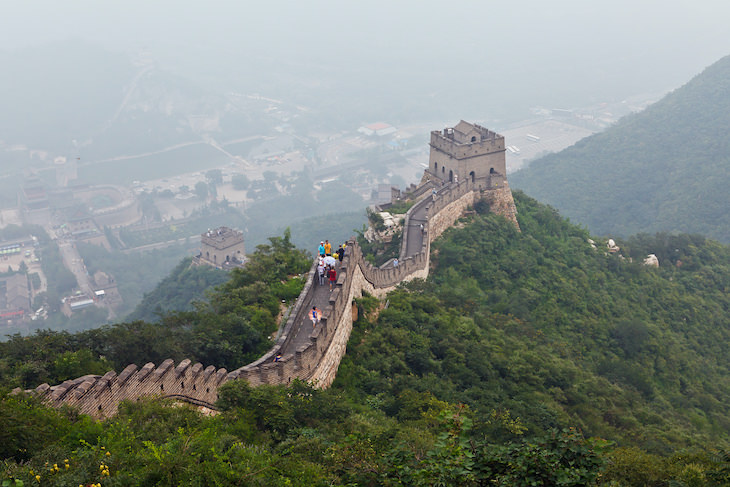
The Great Wall wasn’t the first fortification built on Chinese territory to protect people from foreign invaders, but it was China’s first emperor, Qin Shi Huang, who began unifying these stretches during his reign in the 3rd century BC. Later dynasties continued this work and made their own additions.
Virtually all of these early sections of the wall have disappeared over time. Of the 21,196 kilometers (13,171 miles) of the Great Wall we know today, nearly half were built by the Ming Dynasty, which ruled from 1368 to 1644. The most well-preserved sections of the wall near Beijing, which attract millions of tourists every year, were started from scratch by the Ming Dynasty in the 16th century.
Related: The 10 Best Medieval Walled Cities in the World
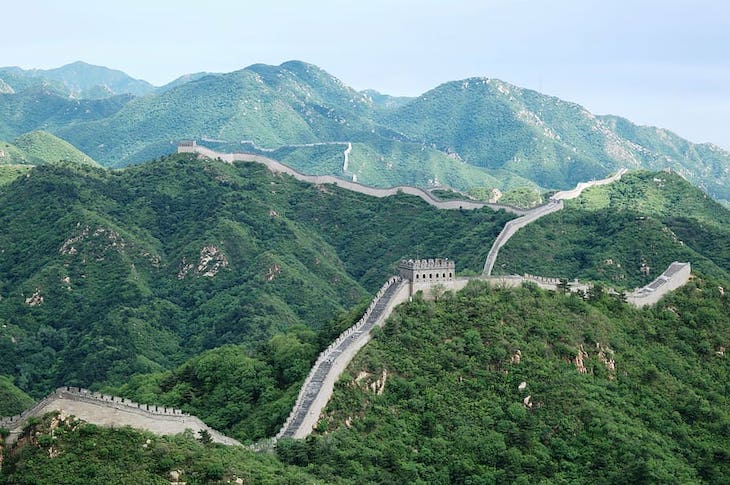
It was the American Illustrator Robert Ripley (best known for his cartoon feature Believe It Or Not!) who called the Great Wall “The mightiest work of man – the only one that would be visible to the human eye from the Moon.” Although this statement was based on no evidence at all, it became a widely believed misconception. More reliable sources, including astronaut Neil Armstrong and various scientists at NASA, have confirmed that this is a myth - the Great Wall is by no means visible from space, much less the Moon.
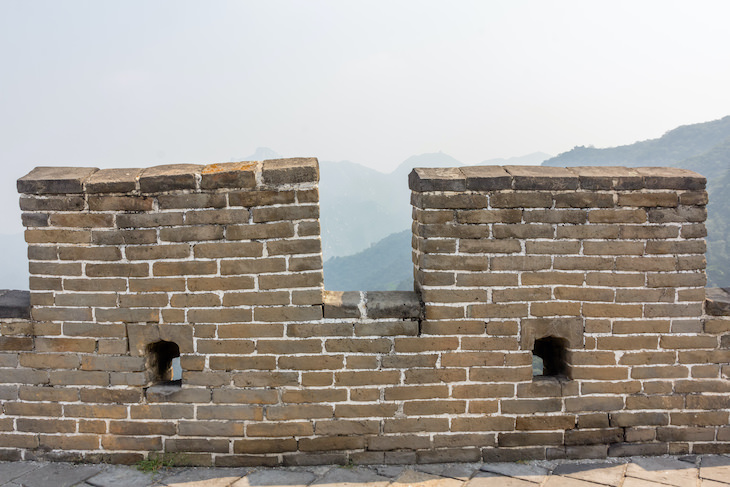
The Great Wall of China was largely constructed out of ordinary building materials like earth and stone. But there is one crafting ingredient that not many people know about - glutinous rice, known colloquially as “sticky rice.” The builders of the wall utilized sticky rice for, well, its stickiness. They incorporated it in the mortar recipe in the hopes of making it stronger.
Modern studies have indicated that the ingredient amylopectin in rice (the substance that makes rice sticky) is one of the reasons the Great Wall is so sturdy.
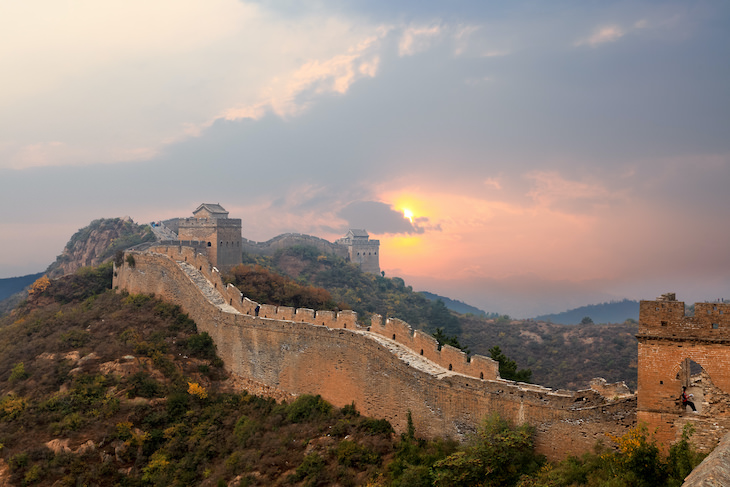
The Great Wall was supposed to protect China from invaders from the north. Despite all the effort that went into building it, many of the country’s enemies throughout history managed to overrun or avoid the wall.
Eventually, the Manchurians invaded China through the wall in the 17th century, which resulted in the fall of the Ming dynasty. The Manchurians ruled the country until the early 1900s and expanded it northward, rendering the Great Wall irrelevant as a defense system. All in all, the Great Wall was an impressive solution, but not the most efficient one.
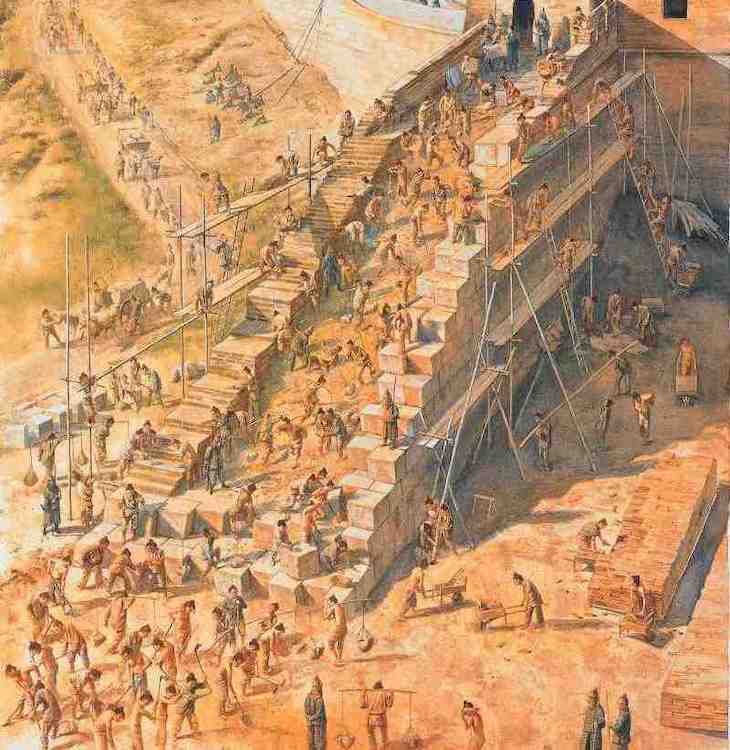
Over a million people worked on the Wall, many of them prisoners of war, soldiers, and convicts. To distinguish outlaw laborers from their civilian colleagues, authorities shaved the heads and bound the limbs of the former in chains. This custom was especially common during the Qin and Han dynasties. Crimes ranging from murder to tax evasions could be publishable by wall duty. Responsibilities included keeping watch during the day and building at night.
Related: 8 Tourist Destination You Didn’t Know Have Eerie Histories
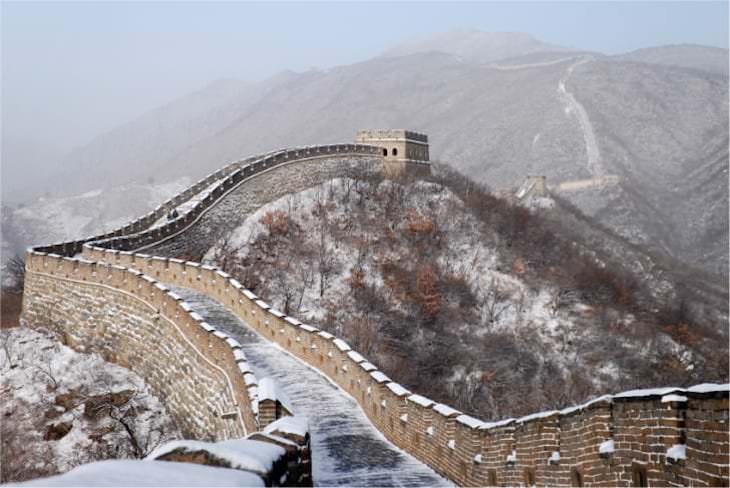
Working on the Great Wall was dangerous. According to some estimates, about 400,000 workers perished while building it. Fearing that the spirits of their loved ones would get trapped within the structure that cost them their lives, grieving family members would cross over the Wall with a rooster in tow. This tradition was believed to help guide the souls away and grant the deceased laborers spiritual emancipation.
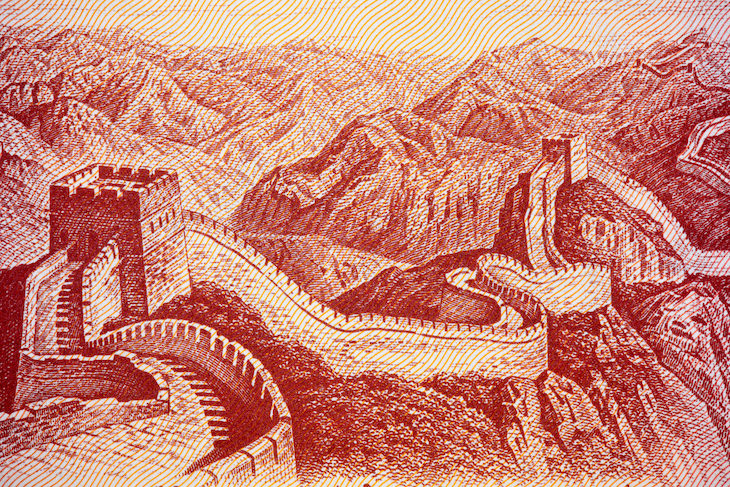
It’s easy to imagine how a structure that was built by so many people over the span of so many years can influence culture. One example of how ingrained the Wall is in Chinese culture is a popular story called “Meng Jiangnu's Bitter Weeping.”
As the story goes, Jiangnu's husband was sent to help build the Great Wall. She waited five years for his return, but she did not hear a word from her husband. Jiangnu decided to go visit him. When she got to the construction site, Jiangnu was told that her husband had died. Hearing the sad news, Jiangnu sat down at the foot of the Wall and began weeping. She cried day and night until her tears made the Wall collapse, and Jiangnu was able to collect her husband’s bones from under the wall for proper burial.
Share these terrific facts with those who love history and traveling!